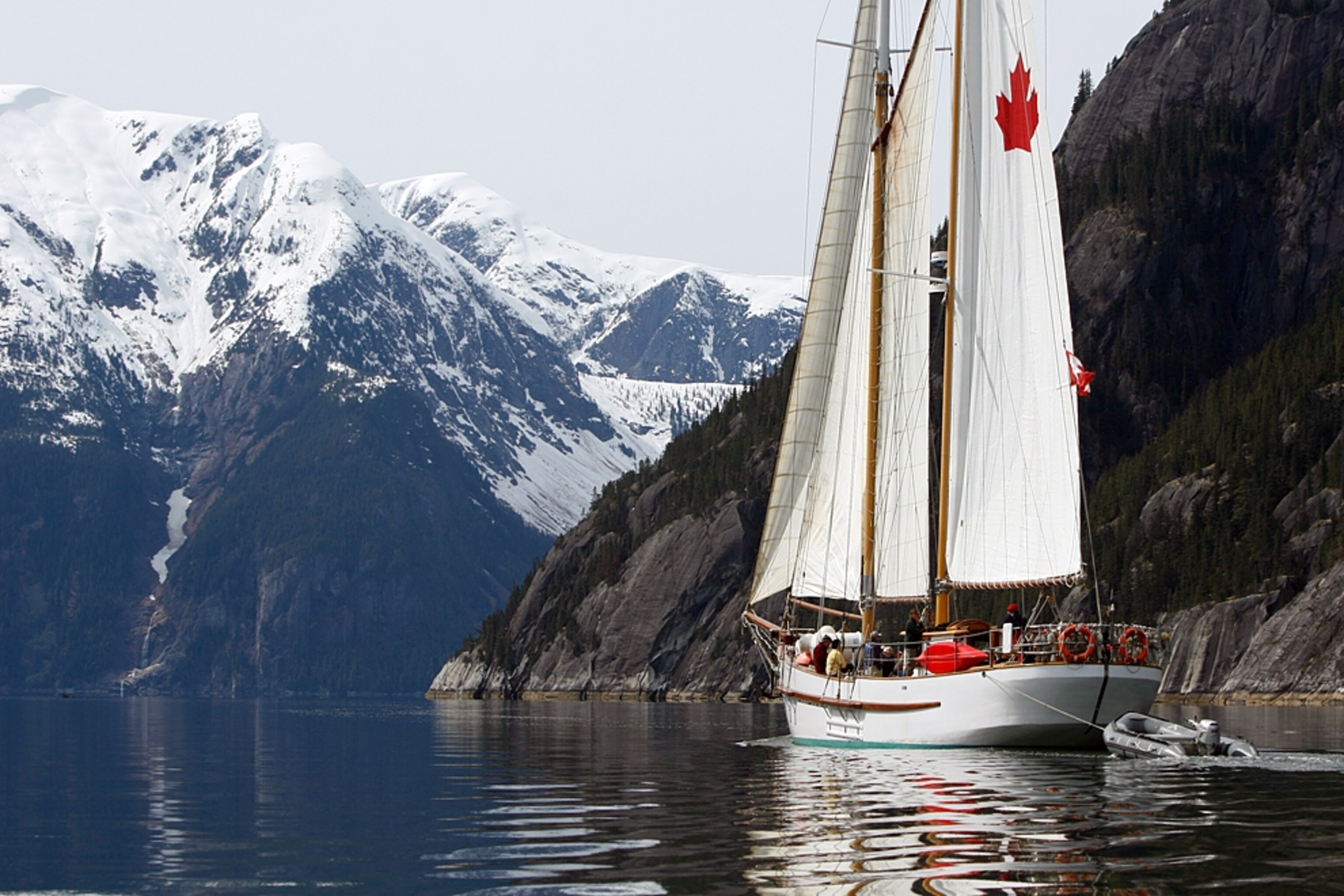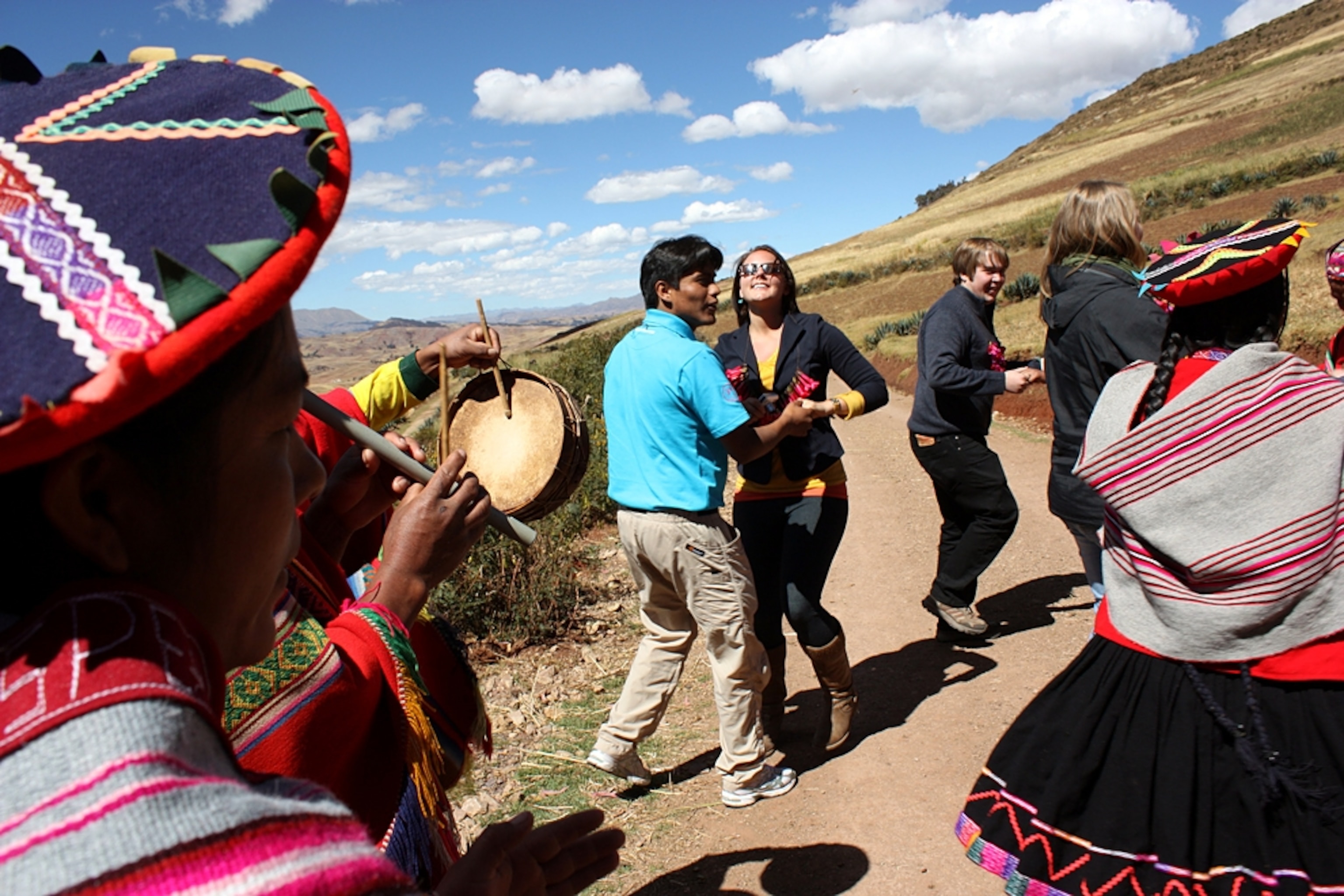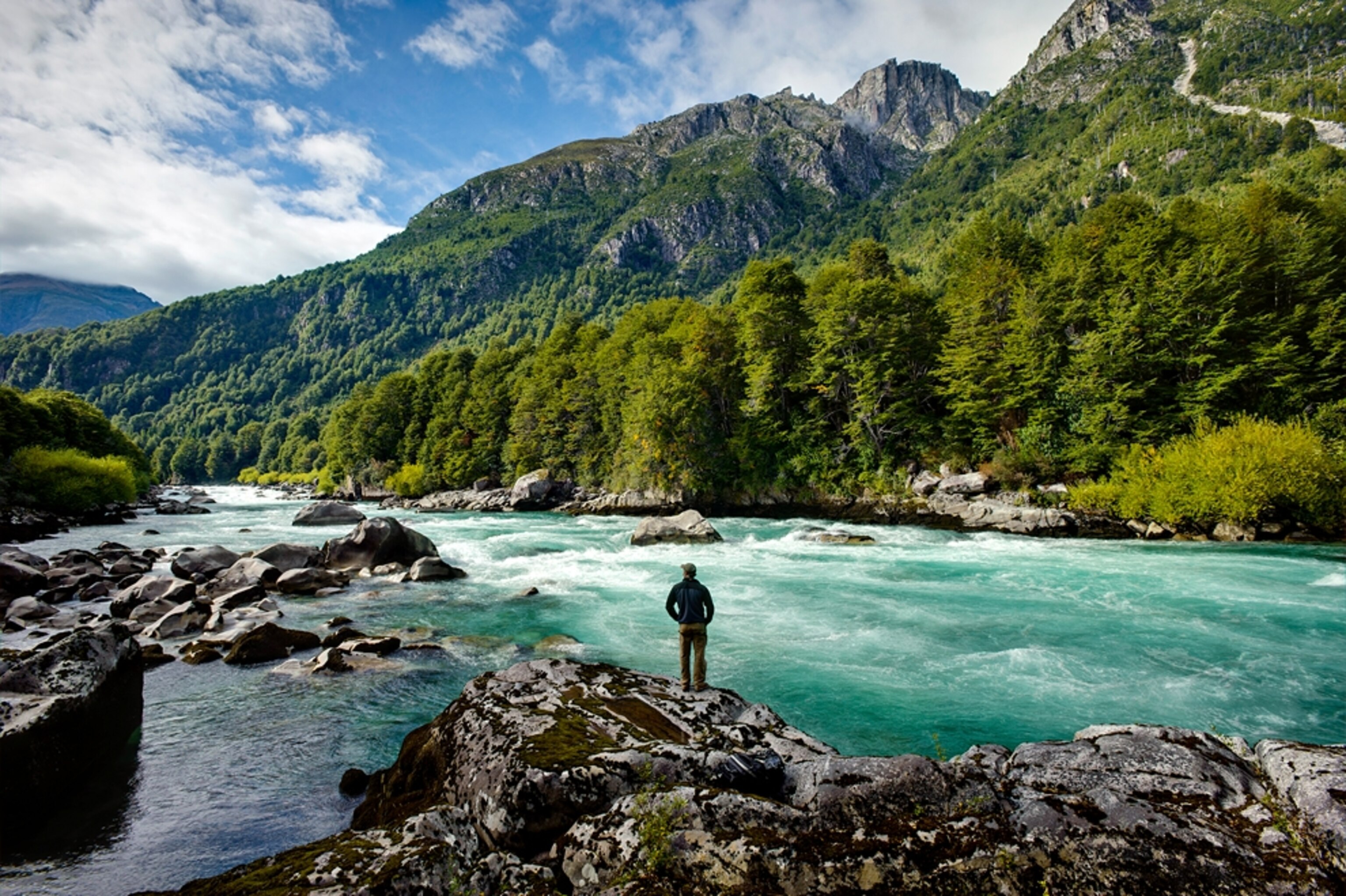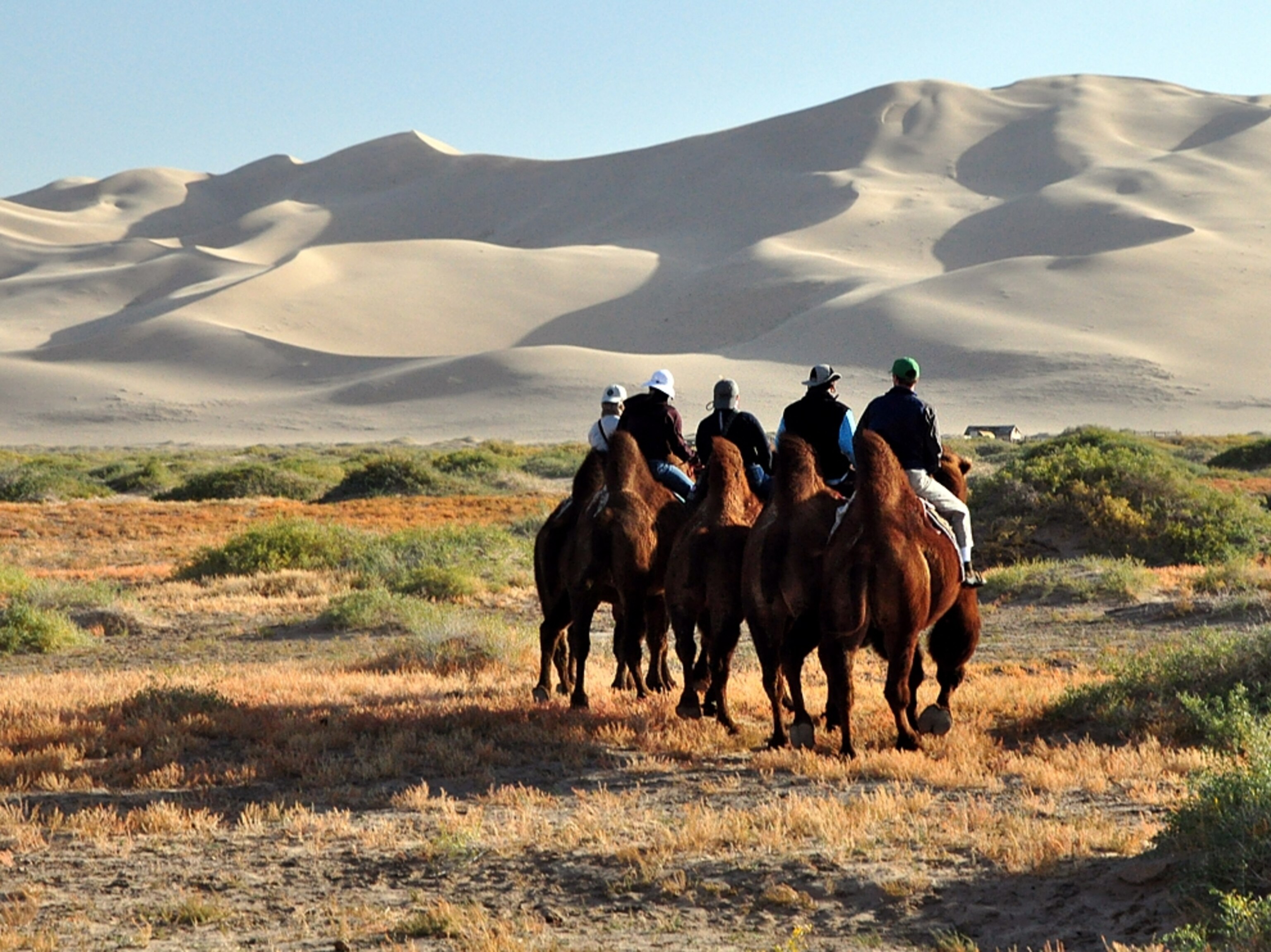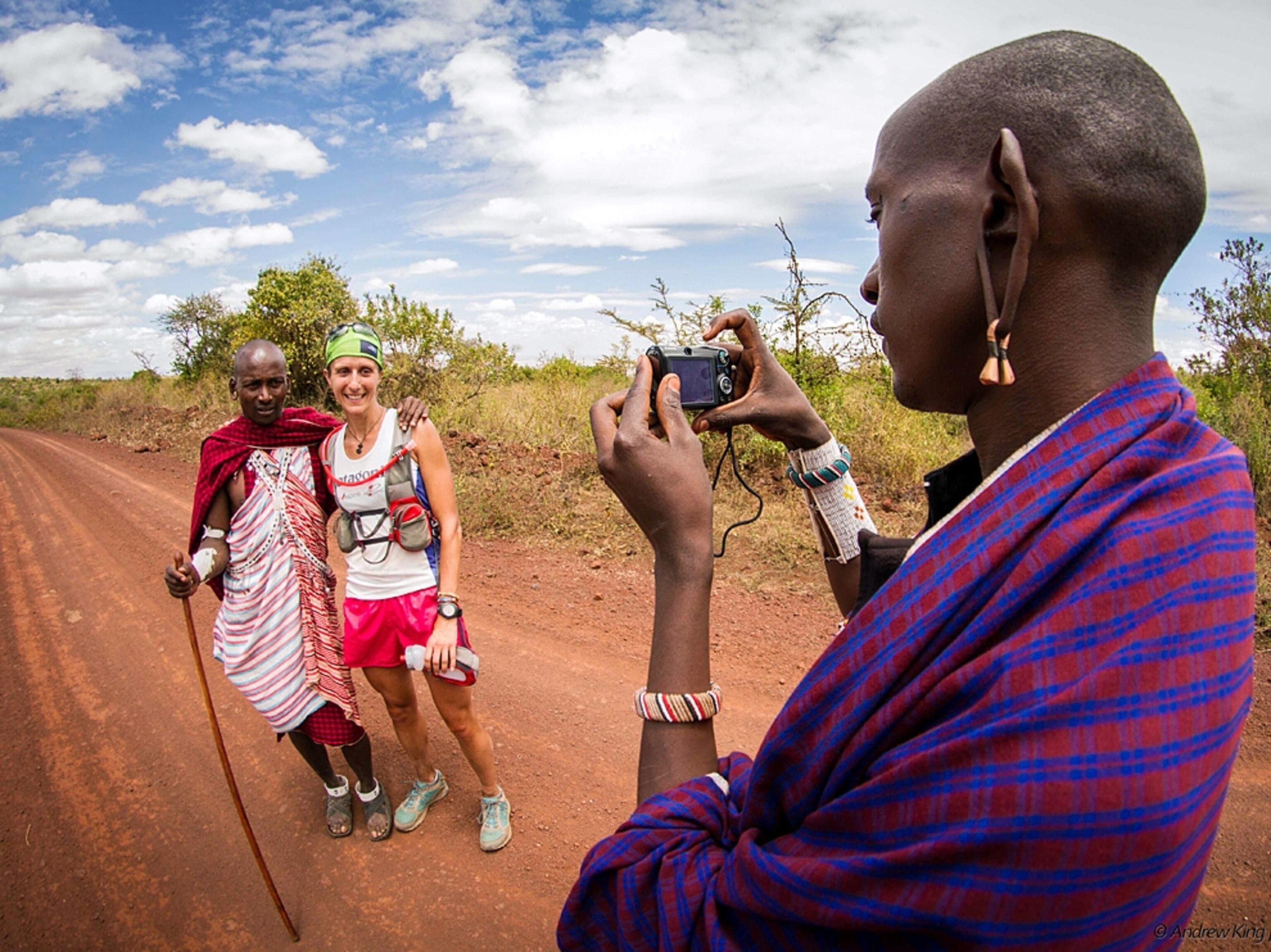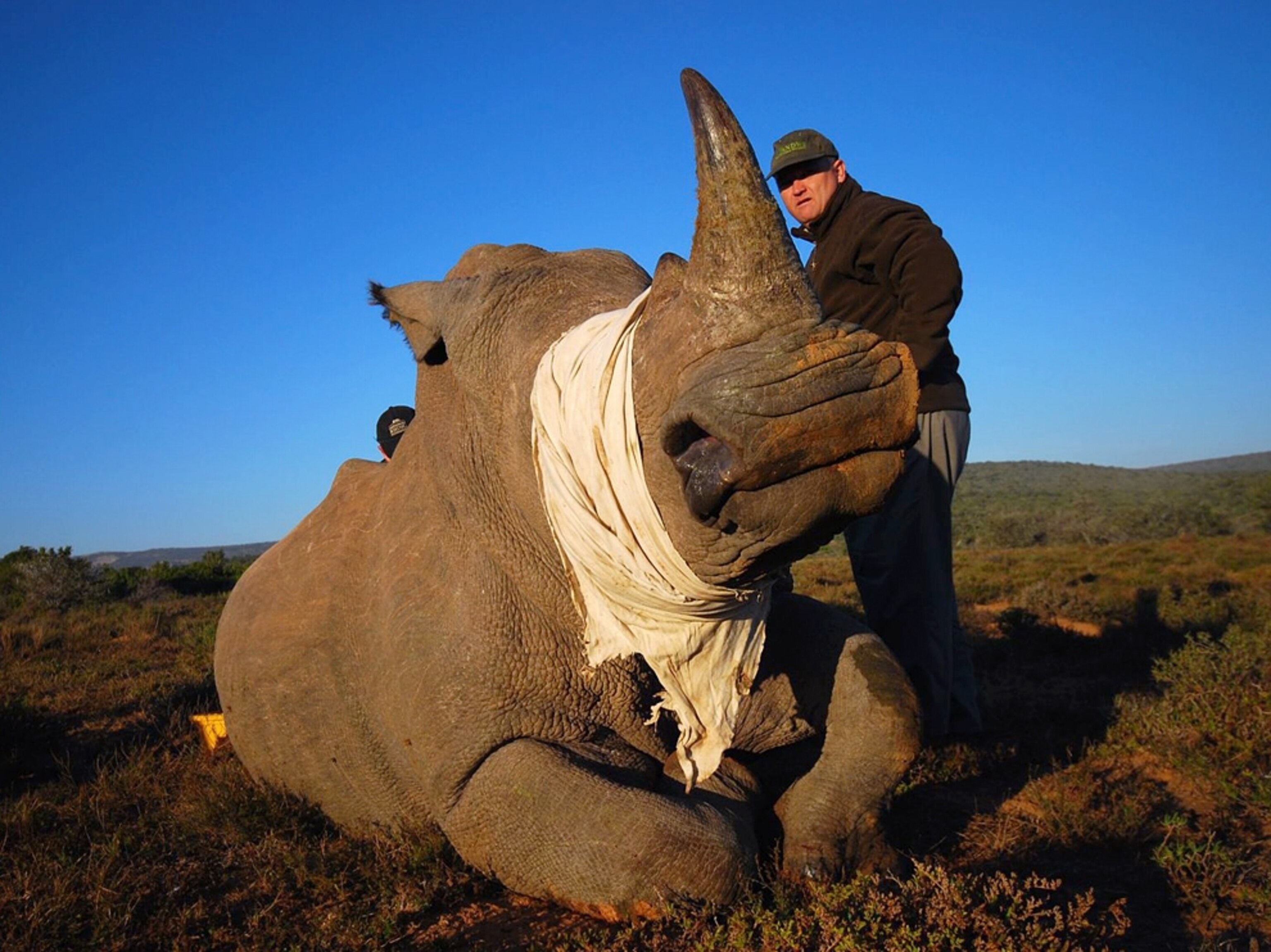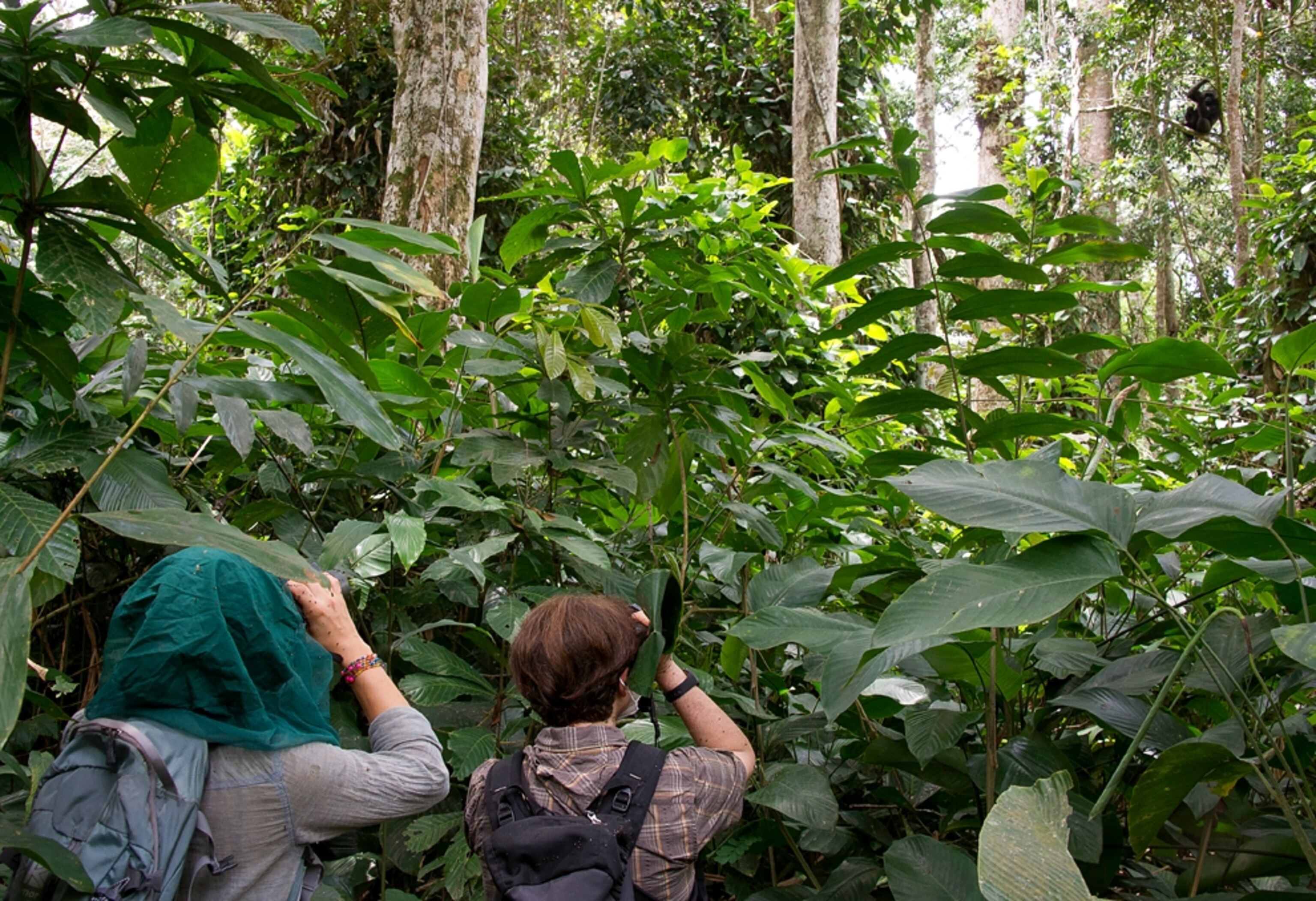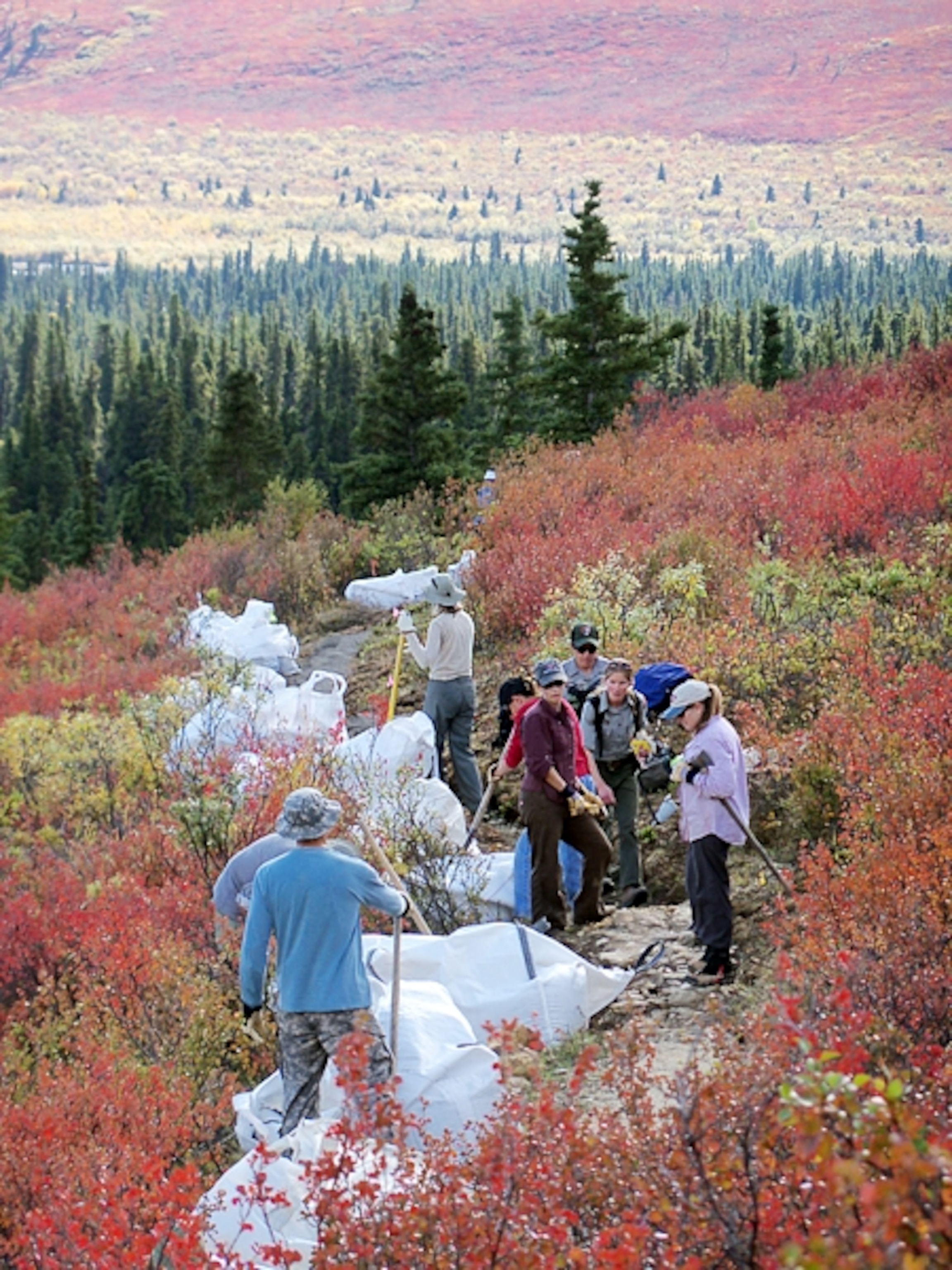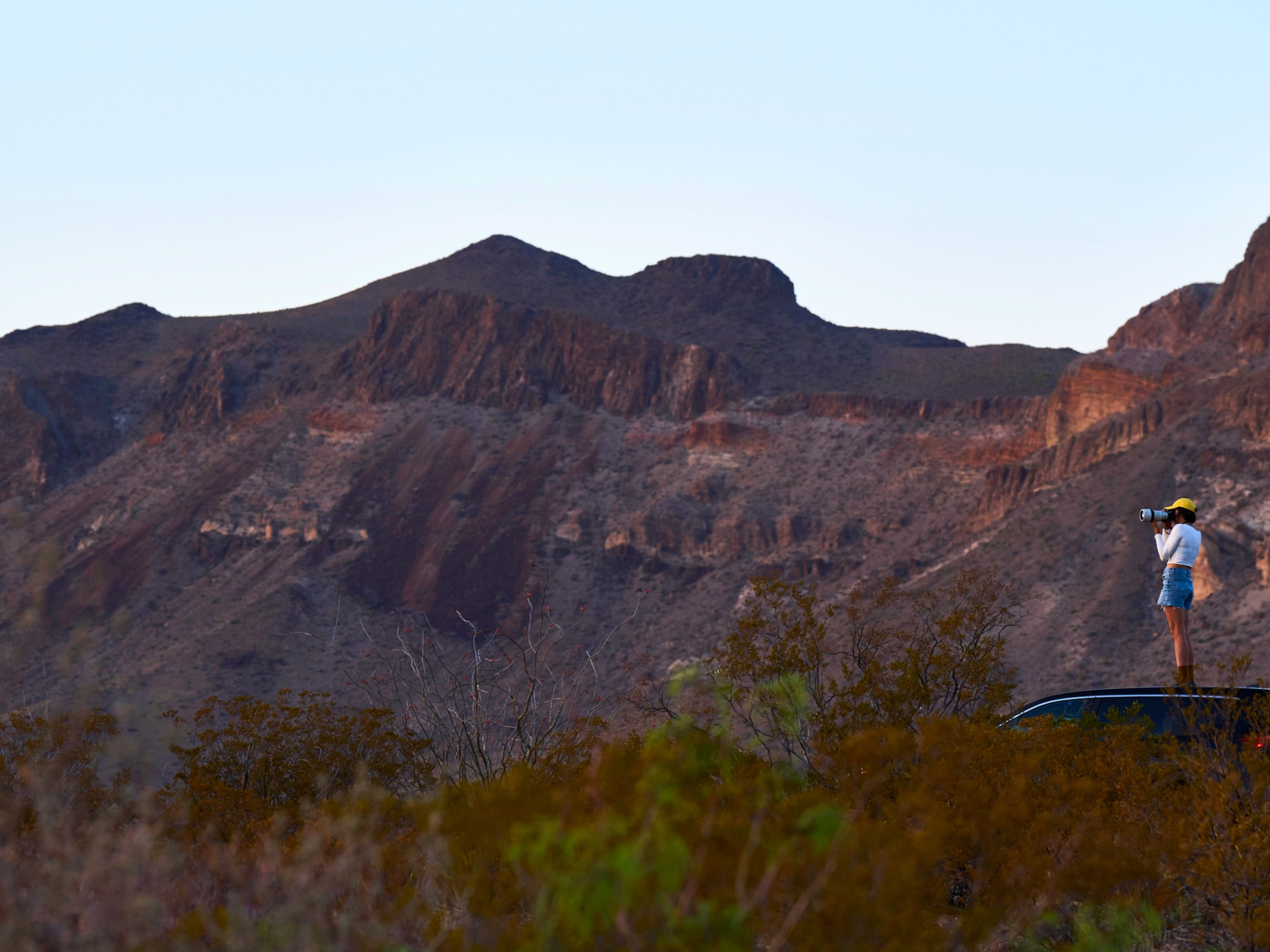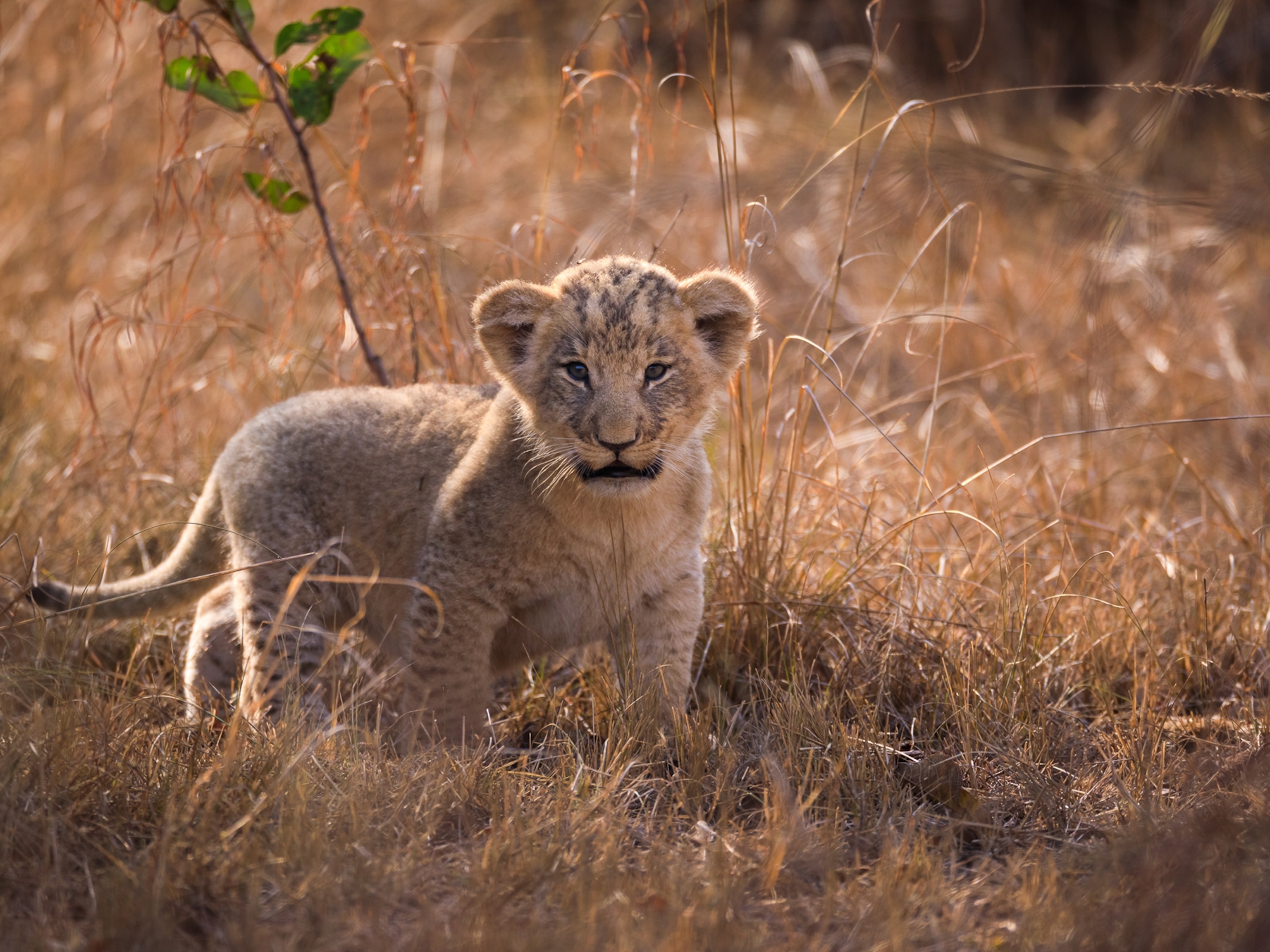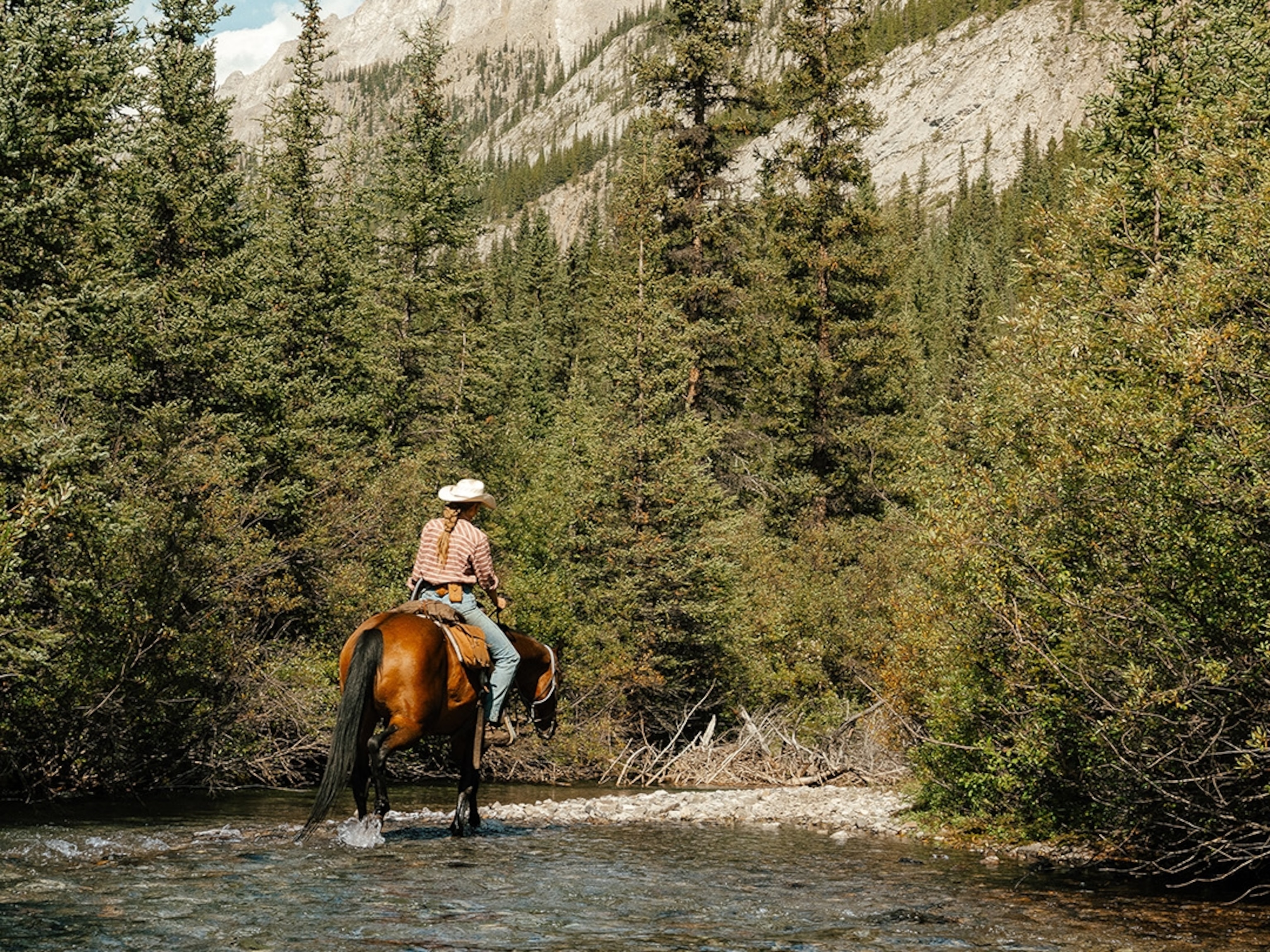1 of 10
Photograph by Kevin J. Smith, Maple Leaf Adventures
10 Great Adventure Trips That Give Back
Going on an adventure to a new place has the power to change you, but you can also change a place—for better or worse. Make a positive impact with one of these ten trips that are full of adventure and also benefit local communities and conservation.
ByKate Siber
February 12, 2013
- National Geographic Expeditions
Travel with National Geographic
